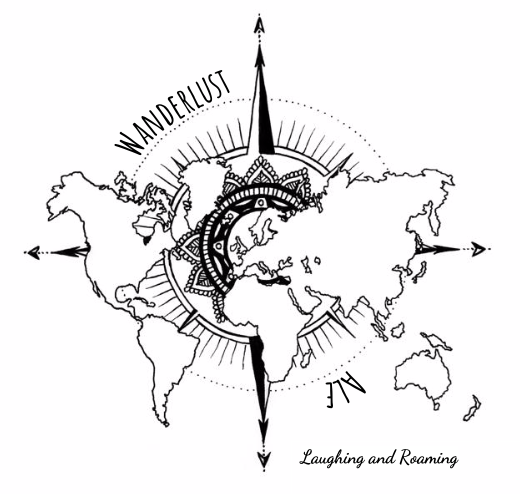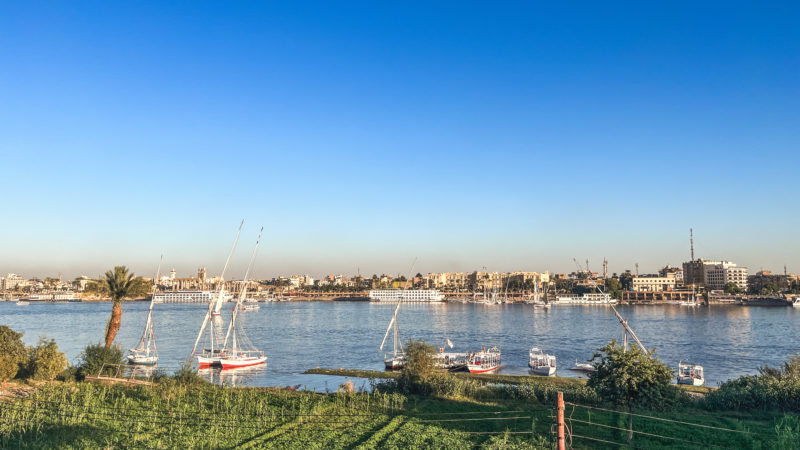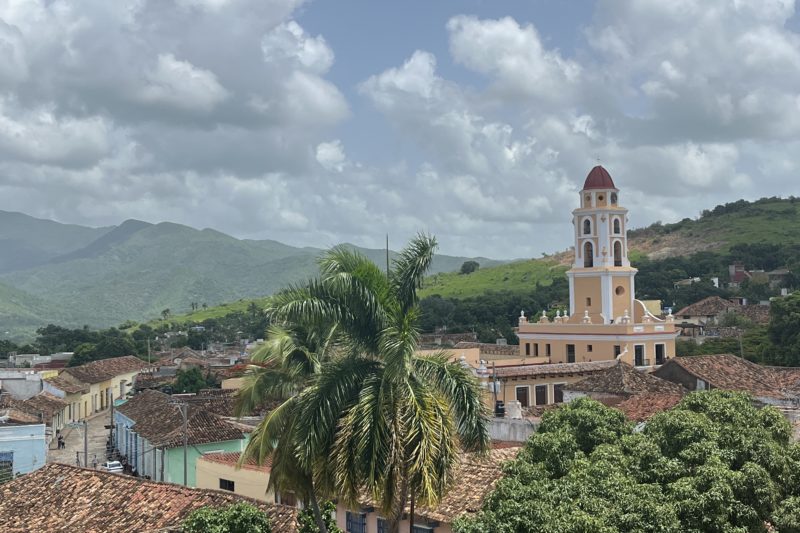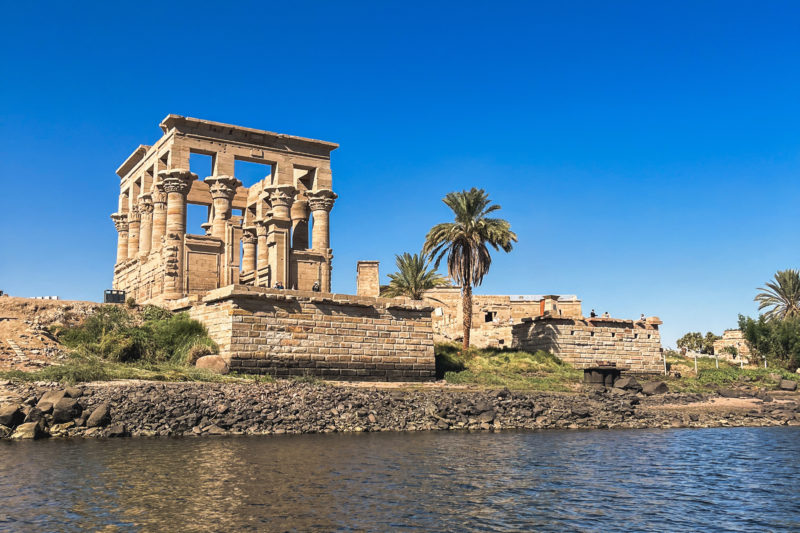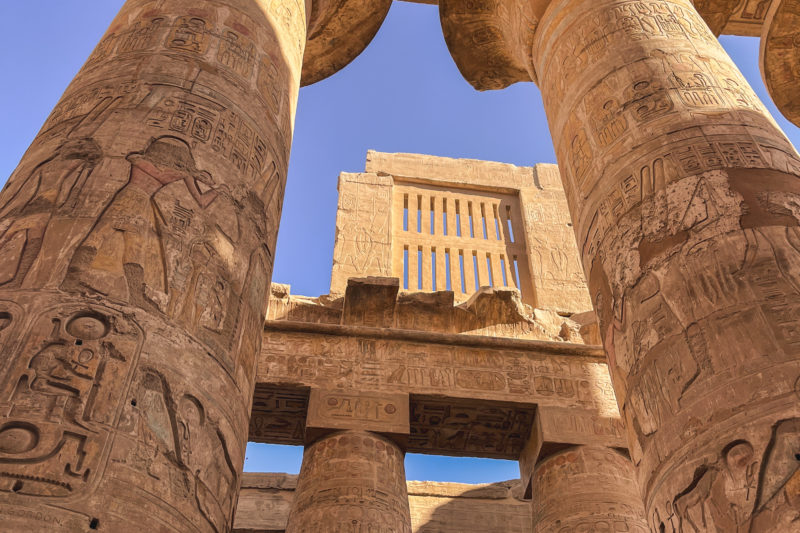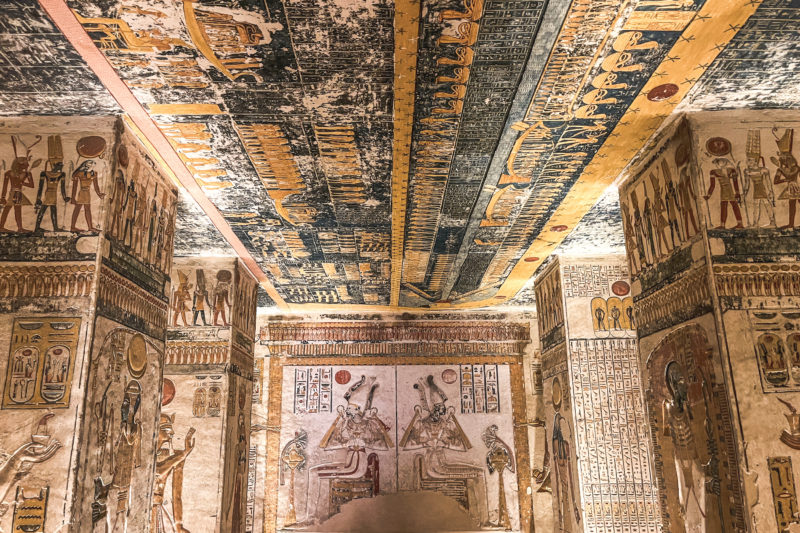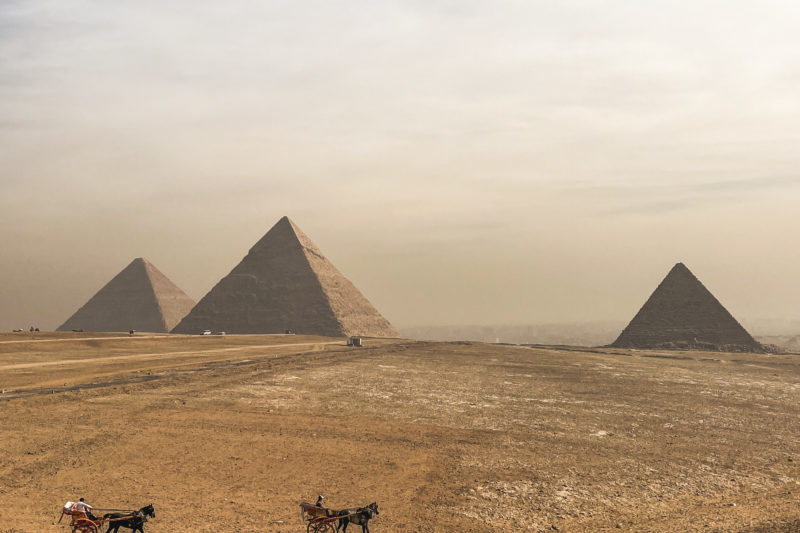Luxor, formerly known as Thebes, is a city that embodies the historical heart of Ancient Egypt. Divided by the Nile into two distinct banks, it offers two complementary facets of this millennia-old civilization.
The East Bank, often called the “city of the living,” is home to the temples of Karnak and Luxor, places of worship and festivals dedicated to the gods. In contrast, the West Bank, nicknamed the “city of the dead,” is the realm of necropolises, featuring the famous Valley of the Kings and the Valley of the Queens, where pharaohs rest for eternity.
This duality makes Luxor a unique place, where the past seems intertwined with the present, offering travellers a fascinating glimpse into the beliefs and rituals of Ancient Egypt.
This geographical division is not only practical for describing the sites but also holds a deep symbolic and historical significance tied to the beliefs of Ancient Egypt.
The West Bank: The Realm of the Dead
The West Bank of Luxor is known as the “realm of the dead.” In ancient Egyptian culture, the sun sets in the west, symbolizing the journey to the afterlife and rebirth beyond. The ancient Egyptians chose this bank to build necropolises, mortuary temples, and tombs. Among the famous sites on the West Bank are:
- The Valley of the Kings: The resting place of pharaohs, with beautifully decorated tombs.
- The Valley of the Queens: The necropolis of queens and royal family members.
- The Temple of Hatshepsut: One of the most impressive mortuary temples, dedicated to Pharaoh Hatshepsut.
- The Colossi of Memnon and the temples of millions of years: Majestic structures dedicated to pharaohs to perpetuate their memory.
The West Bank thus embodies the idea of death, the journey to the afterlife, and the continuity of life after death.





The East Bank: The Realm of the Living
Conversely, the East Bank of Luxor is associated with the “realm of the living.” This is where the sun rises every morning, symbolizing life, rebirth, and daily activity.
The ancient Egyptians chose this bank to construct their cities, religious temples, and structures associated with daily life. The key sites on the East Bank include:
- The Karnak Temple: One of the largest religious complexes of Ancient Egypt, dedicated to the god Amun and other deities.
- The Luxor Temple: Located in the heart of the modern city, it celebrates pharaohs and gods and serves as a site for important rituals.
- The city of Luxor itself: Today, it is a bustling centre with markets, hotels, museums, and tourist services.
Thus, the East Bank represents life, culture, and prosperity. It is where people lived, worked, and honoured the gods in active temples.


Luxor, A Symbolic Duality
The division between the East and West Banks of Luxor reflects the duality of life and death in Egyptian ancient life. The temples on the East Bank honoured the gods and daily activities, while those on the West Bank were dedicated to the memory of the deceased and preparations for the afterlife.
This geographic organization allows visitors to deeply feel the importance of these concepts in the lives of ancient Egyptians, where everything had its place, and every location held spiritual significance (such as the study of hieroglyphs).


The stay in Luxor, with the Nile as its backdrop, will remain etched in our memories as one of the most magical moments of our Egyptian adventure.
